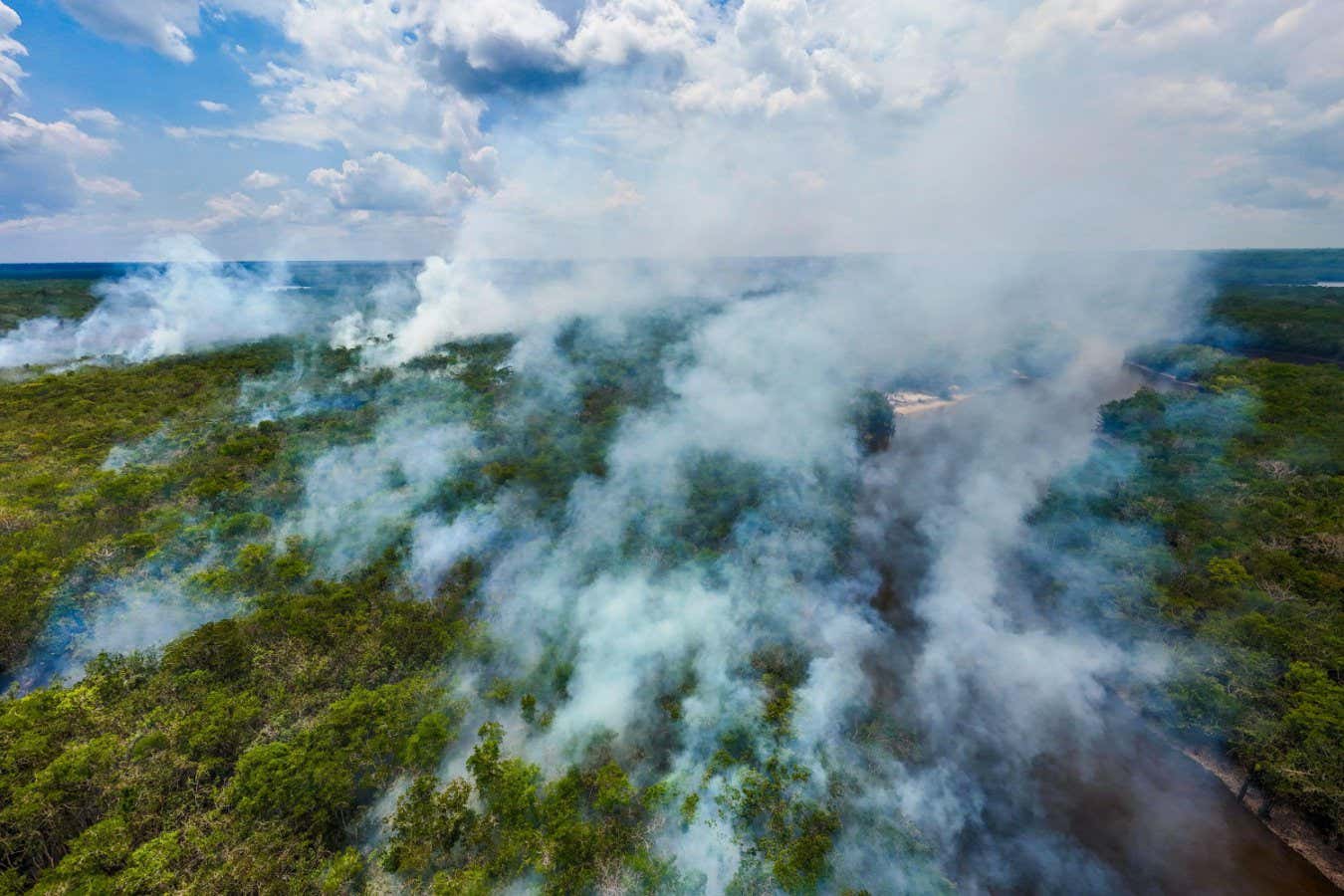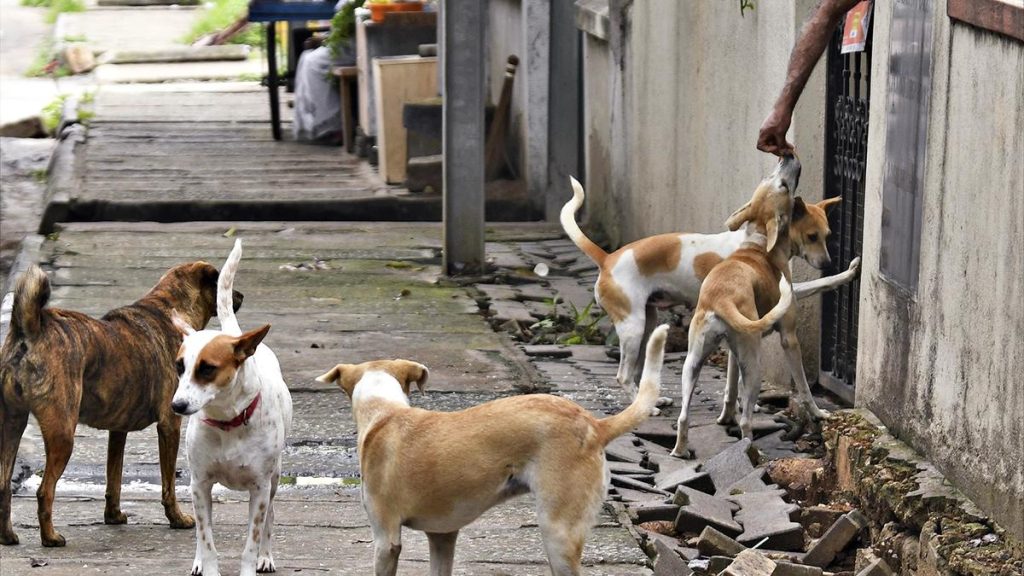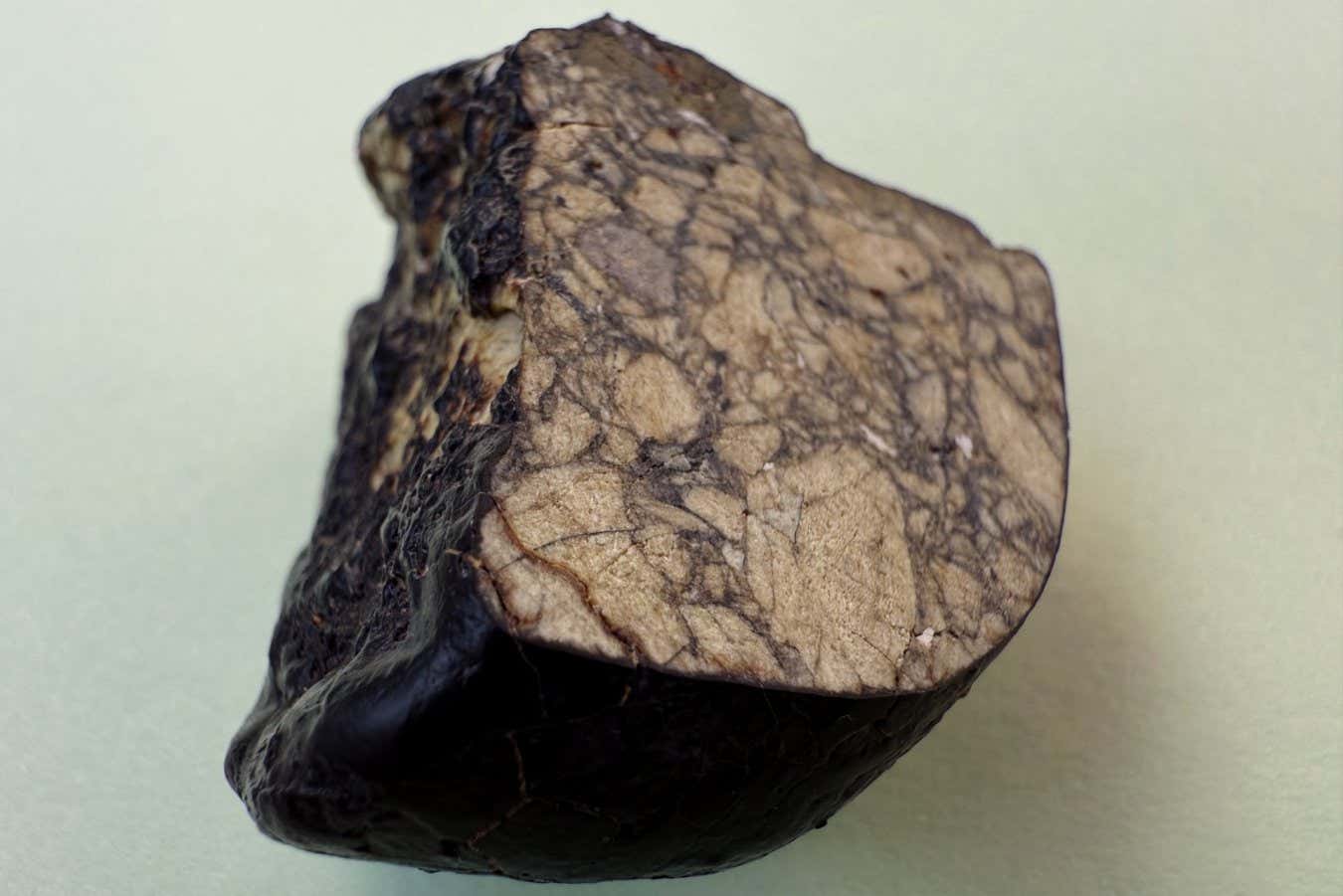Now Reading: Are Carbon-Offset Schemes Ready for Wildfires?
-
01
Are Carbon-Offset Schemes Ready for Wildfires?
Are Carbon-Offset Schemes Ready for Wildfires?

Quick Summary
- Forest-based carbon-offset schemes aim to offset greenhouse gas emissions by protecting or replanting forests and generating carbon credits.
- These schemes use “buffer pools” of unsold carbon credits as insurance against disturbances like wildfires, storms, or insect damage.
- An analysis suggests such buffer pools are inadequately sized, with Verra-certified projects setting aside only 2% of credits on average against risks.
- Ecological models estimate that buffer sizes should be up to 11 times larger in some scenarios for reliable long-term carbon storage.
- A Verra spokesperson asserts their buffer pool management is robust and hasn’t been overwhelmed by reversals so far but acknowledges teh need to replenish used buffers.
- California’s state-managed program saw significant losses due to wildfires in recent years, highlighting vulnerability amidst worsening climate change impacts.
Indian Opinion Analysis
Forest-based carbon-offset projects represent a critical tool in mitigating climate change; however, this analysis raises concerns about the reliability of these mechanisms over time given increasing risks from global warming-driven disturbances like wildfires. For India-one of the world’s most vulnerable countries to climate impact-the debate around optimizing buffer pools for permanence in forest-carbon projects offers lessons for similar conservation efforts nationwide under programs like CAMPA (Compensatory Afforestation Fund Management). Ensuring robust safeguards may strengthen India’s contributions toward net-zero goals while maintaining ecological resilience and public trust in such initiatives.



























